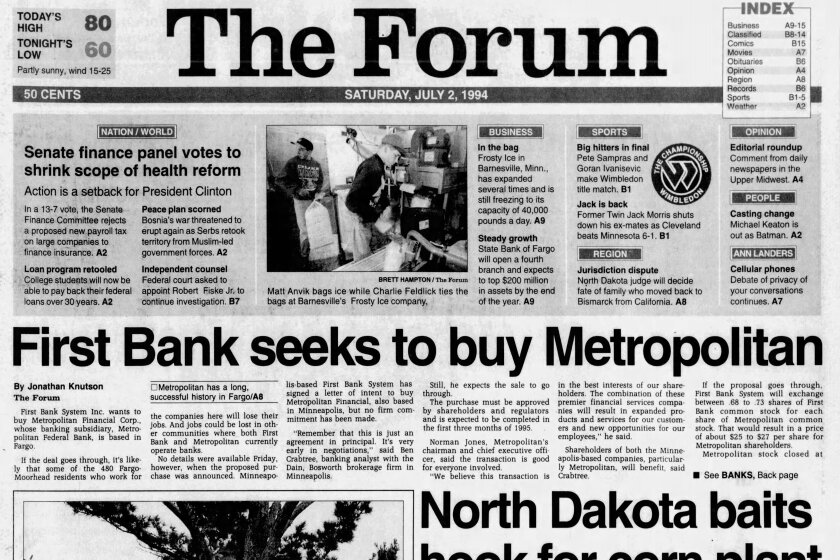On July 4, 1994, a seemingly harmless prank in West Fargo, North Dakota, turned catastrophic when a smoke bomb placed in a teenager’s car led to an explosion. The incident resulted in $2,400 in damages and saw two teens referred to juvenile court. This event serves as a stark reminder of how quickly a prank can spiral out of control.
According to the Cass County Sheriff’s Department, the incident occurred around 3 p.m. when two 16-year-old boys placed a smoke bomb in the ashtray of 17-year-old Chet Decker’s car. The vehicle, filled with oil, matches, and a full tank of gas, ignited and was reduced to ashes. Decker, who lost personal belongings valued at approximately $1,200, commented, “It wasn’t the nicest of cars, but it got me where I was going.”
The Incident and Its Immediate Aftermath
The explosion not only destroyed Decker’s car but also highlighted the potential dangers of seemingly innocuous pranks. Chief Deputy Jim Thoreson noted that the boys involved were acquaintances of Decker’s brother. “He thought of it as a prank but it went a little overboard,” Decker remarked, reflecting the unintended consequences of the act.
The financial impact was significant for Decker, who estimated the car’s value at $1,200, in addition to the personal items lost. The two boys responsible were subsequently referred to juvenile court, where they faced the legal repercussions of their actions.
Historical Context and Similar Incidents
This incident is not isolated in the annals of Fourth of July mishaps. Historically, the holiday has seen its share of accidents stemming from fireworks and other explosive devices. According to the National Fire Protection Association, fireworks cause an average of 18,500 fires annually, underscoring the inherent risks associated with their use.
“Fireworks cause an average of 18,500 fires annually.” – National Fire Protection Association
In a similar incident in 1989, a fireworks-related prank in a neighboring state resulted in severe injuries and property damage. Such events highlight the recurring theme of underestimating the power of explosive devices, particularly among young individuals.
Expert Opinions on Pranks and Safety
Experts in juvenile behavior and safety emphasize the importance of education and awareness in preventing such incidents. Dr. Emily Harris, a psychologist specializing in adolescent behavior, suggests that pranks often stem from a lack of understanding of potential consequences. “Teens are naturally inclined to test boundaries, but it’s crucial they understand the risks involved,” she explains.
Safety advocates also stress the role of parental guidance and community programs in educating youth about the dangers of fireworks and other hazardous materials. Initiatives aimed at promoting responsible behavior during celebrations can significantly reduce the likelihood of accidents.
Lessons Learned and Moving Forward
The 1994 West Fargo incident serves as a cautionary tale about the potential dangers of seemingly harmless pranks. As communities prepare for future celebrations, it is vital to prioritize safety and educate young people about the risks associated with fireworks and other explosive devices.
Moving forward, local authorities and community leaders can work together to implement safety campaigns and educational programs, ensuring that the lessons from past incidents are not forgotten. By fostering a culture of awareness and responsibility, the hope is to prevent similar occurrences and ensure that celebrations remain safe and enjoyable for all.
As the Fourth of July approaches each year, the memory of the explosive prank in 1994 remains a poignant reminder of the fine line between fun and danger, urging all to celebrate with caution and care.
